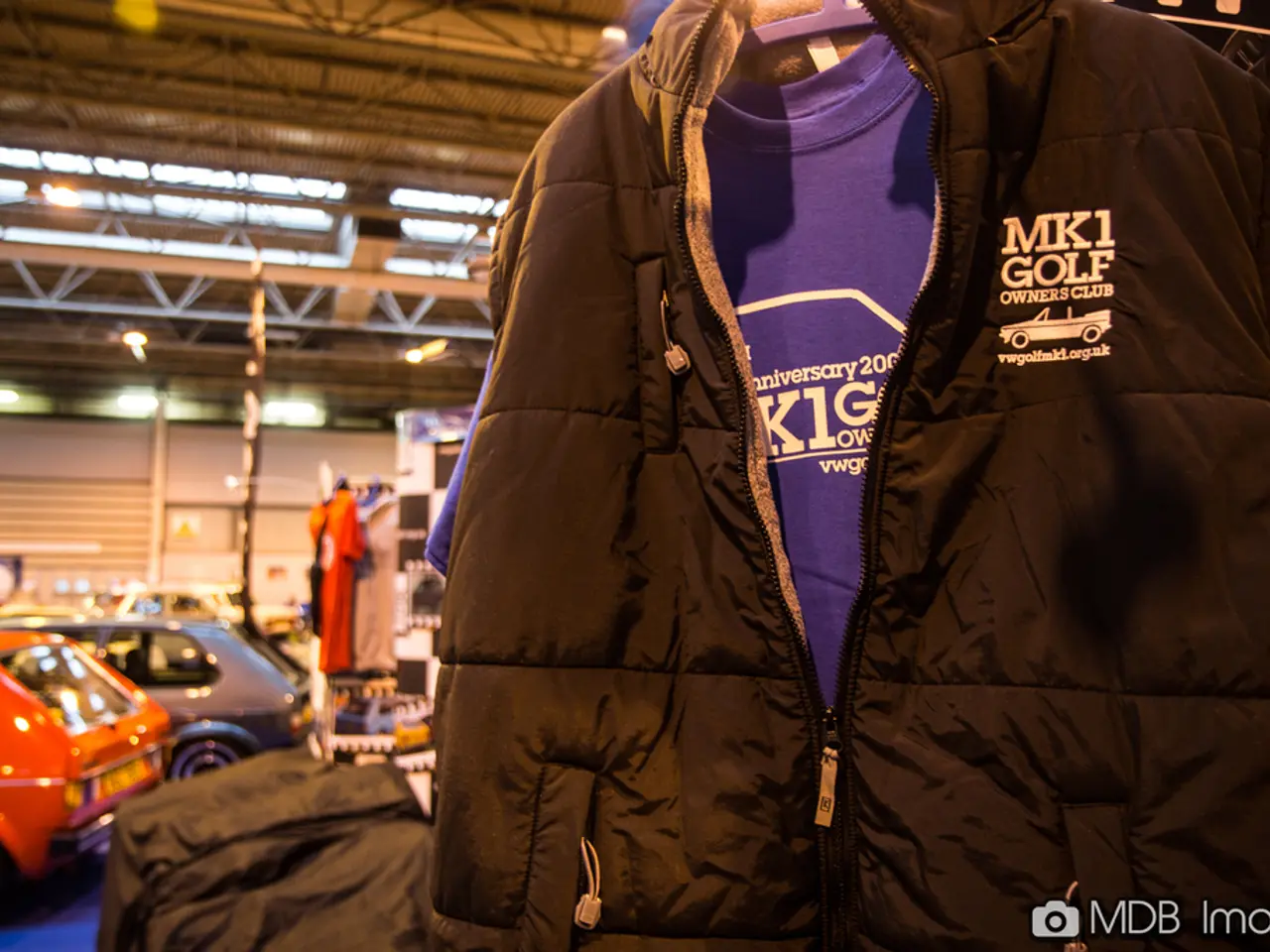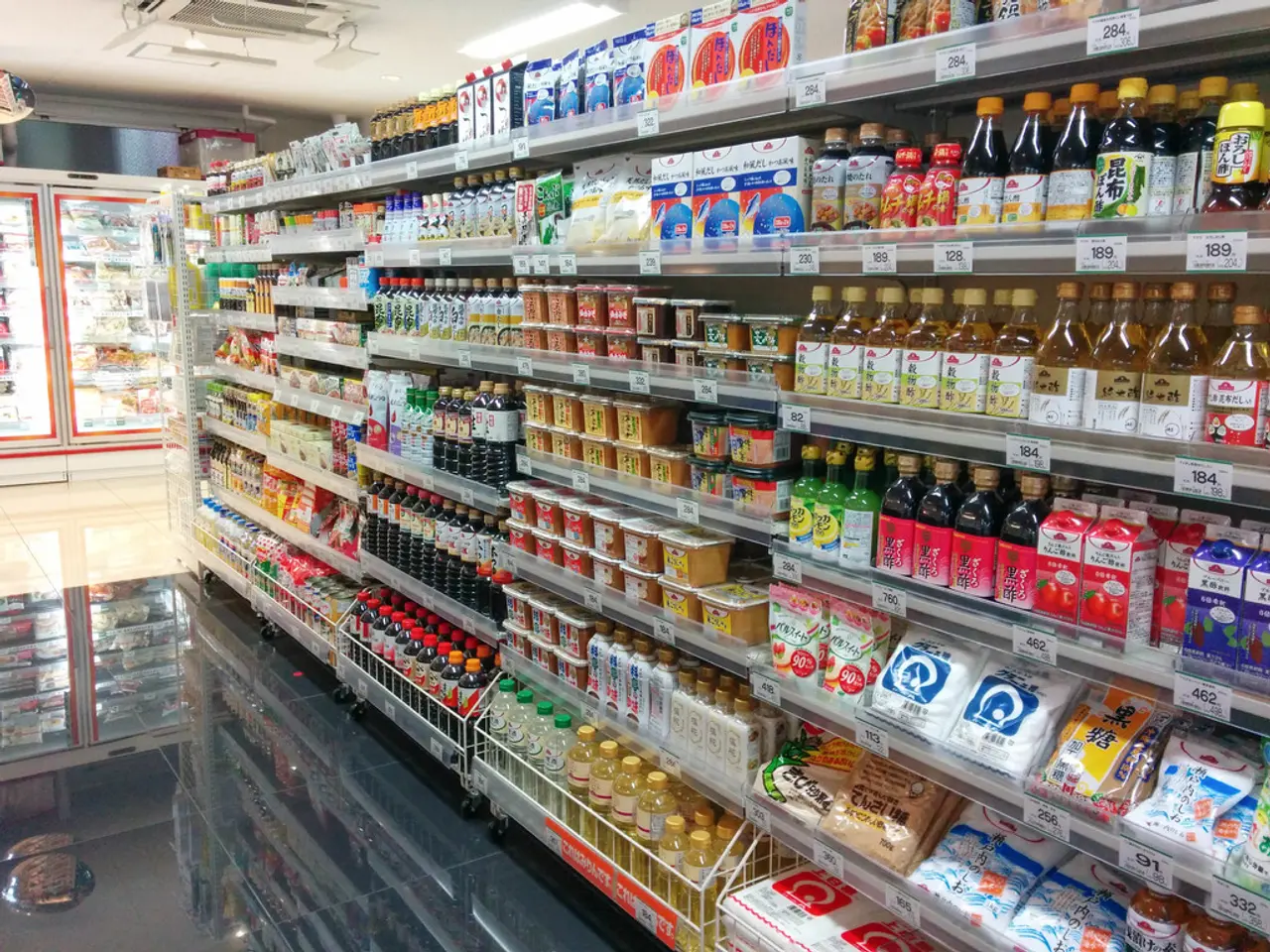States encountering the most hardship due to Trump's tariffs - States experiencing significant impact from Trump's tariffs
In a significant turn of events, Donald Trump's tariff policy, particularly the steep tariffs on steel, aluminium, and automobiles imposed in 2025, has had a notable negative impact on certain German states. The states most affected are Lower Saxony, Baden-Württemberg, and Saarland, while northern German states like Hamburg have suffered less economic shrinkage.
The study conducted by the Dresden branch of the Ifo Institute examines three tariff scenarios: product-specific tariffs, a mix of base and product-specific tariffs, and reciprocal tariffs with product-specific exceptions. The findings suggest that Lower Saxony, Baden-Württemberg, and Saarland experienced the greatest losses in economic value added due to the tariffs. These states are heavily industrialised and host major manufacturing and automotive sectors that are closely tied to exports to the U.S. market, making them vulnerable to the 25% tariff on imported cars and other goods.
Hamburg, while a significant port and trade hub, along with northern German states in general, suffered less economic shrinkage compared to the southern and western states. This is likely due to a more diversified economic base and somewhat less direct exposure to the affected industries.
The tariffs were part of Trump's broader "reciprocal tariff" policy announced in April 2025, targeting equally a 20% tariff on all EU imports and a 25% tariff on cars, hitting Germany hard as the world's largest automobile exporter. This policy created tensions and led to EU retaliatory tariffs on U.S. goods.
Economically, these tariffs weigh heavily on German industrial powerhouses like Baden-Württemberg, home to major automotive companies (e.g., Mercedes-Benz, Porsche), and Lower Saxony, which houses Volkswagen’s headquarters. Saarland, with a strong steel industry, also felt pronounced effects from the 50% steel and aluminium tariffs.
For most German states, product-specific tariffs would be the most bearable option. Hamburg fares best under the worst-case scenario, with a potential loss of 1.5 percent. Bremen and Bavaria, despite having a strong automotive presence, are only minimally less affected than the three previously mentioned states.
The strong presence of the automotive industry in Lower Saxony, Baden-Württemberg, the Saarland, Bremen, and Bavaria is a decisive factor in their vulnerability to Trump's tariffs. However, Marcel Thum, head of the Dresden branch of the Ifo Institute, has suggested that Hamburg's industrial focus on other vehicle production, including shipbuilding, could offset the negative effects of tariffs on other industries.
The study does not provide any new insights about the structural differences between the federal states that were previously mentioned as crucial in determining their vulnerability to Trump's tariffs. Robert Lehmann, an economic expert at the Ifo Institute, has stated that these differences are indeed crucial, but the study does not delve into this aspect. The potential benefits or effects of tariffs on industries other than the automotive industry in the examined states are also not mentioned in the study.
In conclusion, the Trump administration's tariff policy significantly affected states with strong industrial and automotive exports, such as Lower Saxony, Baden-Württemberg, and Saarland, with Hamburg and northern states less impacted. These tariffs contributed to economic shrinkage and challenges for key German export sectors in these regions.
The study suggests that Lower Saxony, Baden-Württemberg, and Saarland, which are heavily industrialized and have significant exports to the U.S. market, experienced the greatest losses in economic value added due to Trump's tariff policy. On the other hand, finance, politics, and general-news industries seem to have been relatively unaffected by these tariffs.
The findings also reveal that the tariffs on steel, aluminium, and automobiles have had a notable negative impact on German industrial powerhouses like Baden-Württemberg, Lower Saxony, and Saarland, due to their strong automotive industries. However, the study does not provide insights about the potential effects of these tariffs on other industries within these states, such as finance, politics, or general news.




